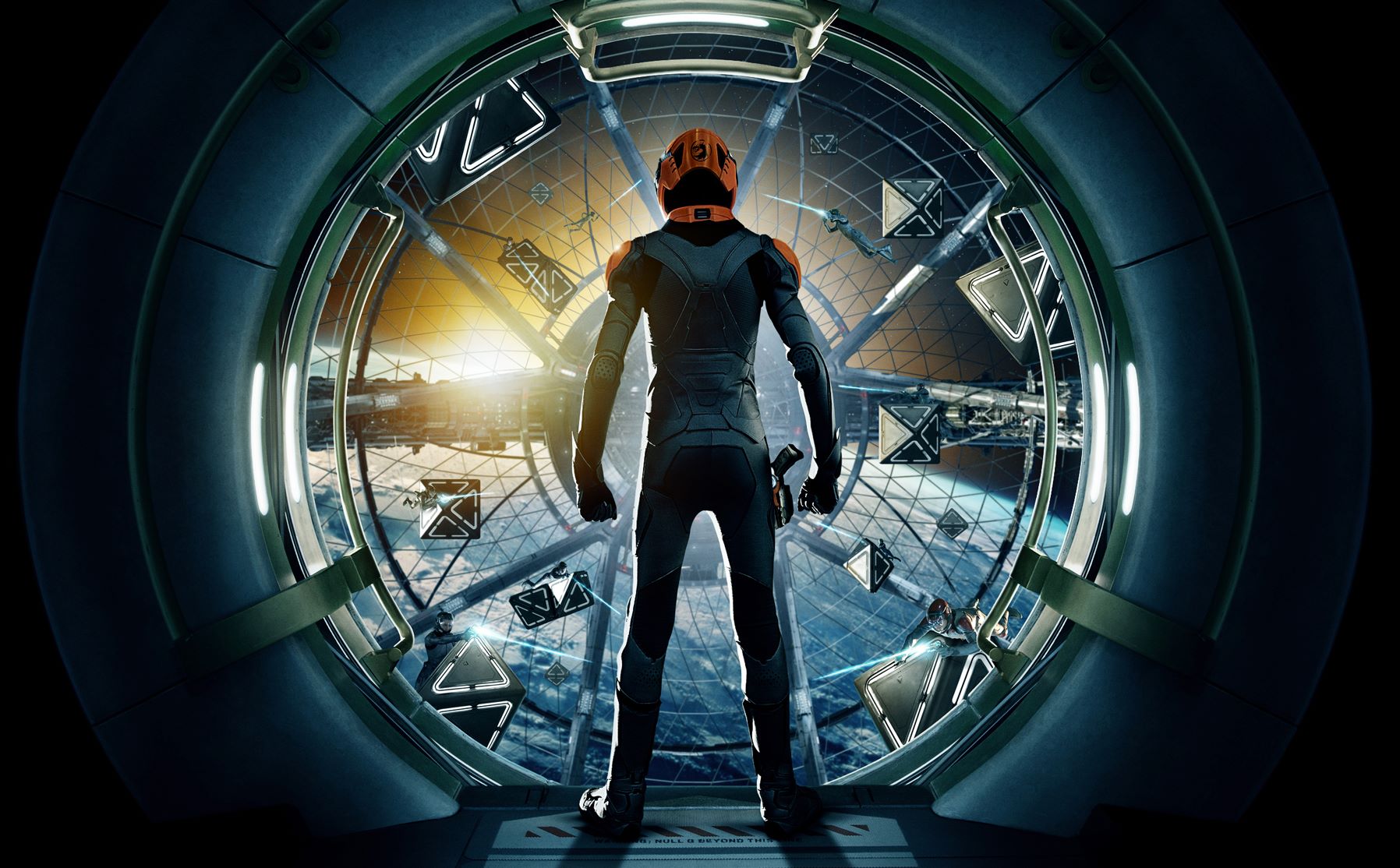October’s “Gravity,” one of the biggest critical and commercial hits of 2013, is approaching $200 million in domestic ticket sales and has already crossed the cumulative $300 million benchmark. It’s a spare, streamlined tale and a victory for the marriage of original storytelling with cutting-edge technology. One of the aspects most commonly praised is the movie’s utilization of 3-D. Whereas filmgoers have recently been souring on the lazy use of the effect, in “Gravity,” set entirely in outer space, its deployment is mesmerizing, and integral to the narrative.
But while the forthcoming big screen adaptation of Orson Scott Card’s award-winning “Ender’s Game” will be presented in IMAX theaters in addition to regular screens, it will not be presented in 3-D — something of a surprise to some, given the material’s science-fiction trappings. There was a lot of reasoning put into the decision, however, according to director Gavin Hood.
“‘Gravity’ is magnificent,” says Hood. “And the battle room fights (in “Ender’s Game”) would have been great in 3-D, just awesome. However, the place we struggled is in the deep space battles in the end, because 3-D works best when you have foreground, mid-ground and background, and in ‘Gravity’ you have foreground and mid-ground, and they’re always around some spaceship. Our problem, when we tested for 3-D in the deep space stuff, (is that) looking at a distant planet doesn’t [register in] 3-D. When you look at the moon it looks two-dimensional because the distances are so great. And what happens is our spaceships, at great distances, start to look like little toys, and it detracts from the moment. Parts of our movie would be awesome in 3-D! But parts of our movie also would not have worked. And this is an independent movie and our wonderful producers really did everything they could to get the money we could use to make the film as well as possible in 2-D, so I think we would have been over-reaching (to try to shoot in 3-D).”
There were narrative concerns as well as technical issues that informed the filmmakers’ decision, though. “The other reason,” continues Hood, “is that this is a very intimate story about a boy, and one of the things that we’re able to use in the film is longer lenses — to isolate him, blow the backgrounds out of focus and get inside his eyes. But 3-D doesn’t allow for that, 3-D prefers you to use wider lenses, because when things are out of focus in 3-D it bothers you. So in the end we felt like 2-D was really the right format for this film, to study the characters and to really have that feeling in our final battle scenes of something of scale.”
NOTE: “Ender’s Game” opens nationwide on November 1, from Summit Entertainment. Check back in the coming days for more coverage of the film.
Written by: Brent Simon

